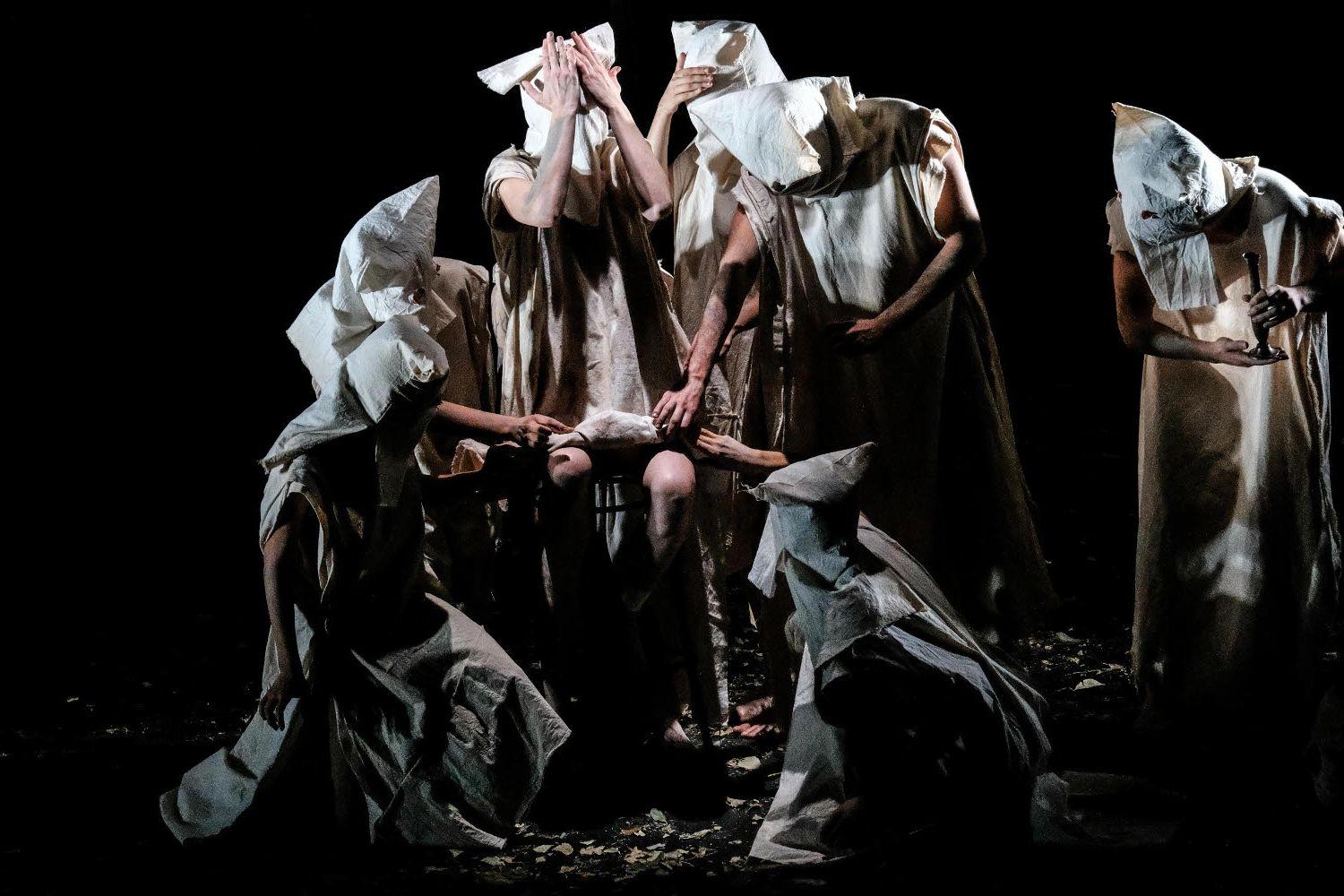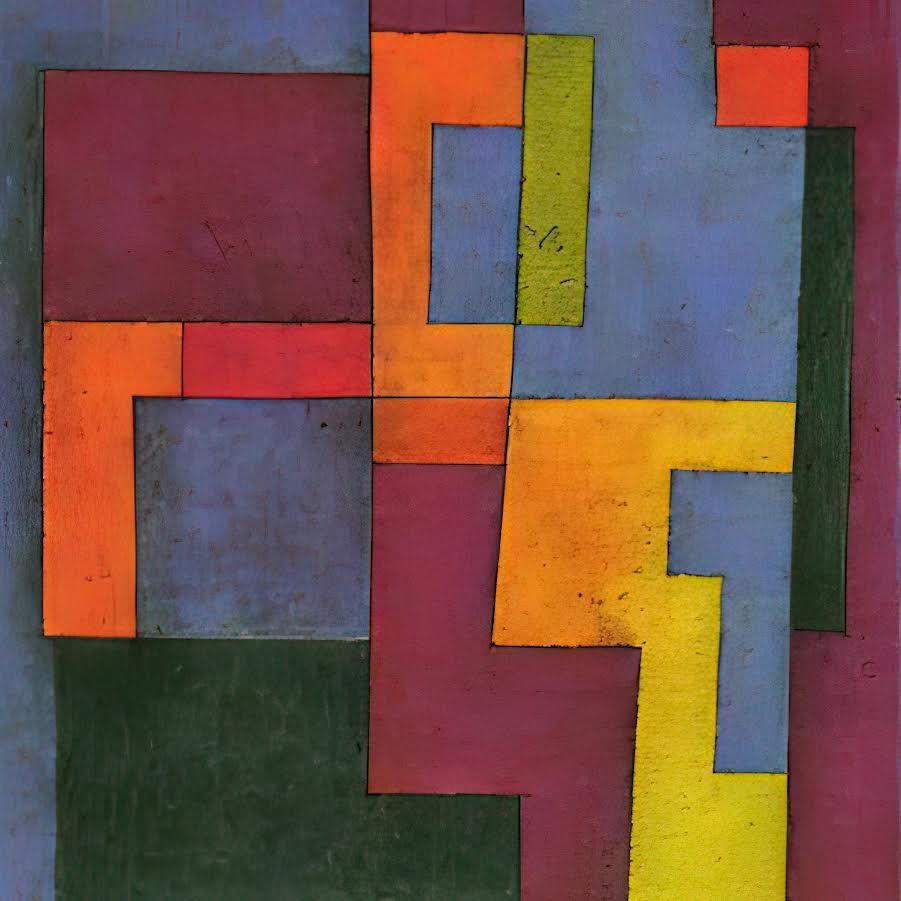Hast du Zeit? / Do You Have Time?
completedPlayOn!

SummaryHast du Zeit is about a spontaneous performance rescue: the actor who was supposed to do a scientific play for children on the subject of time does not turn up. The prop master takes over for him without further ado and, together with the children, puts on the play and learns a lot of new things about the subject of time.
The technologies used are digital visualizations with the Unreal Engine (clocks, dinosaurs, planets, the universe) and sound design.
___________________________________________________________
A Landestheater Linz production as part of the Creative Europe project PlayOn! in collaboration with University of Applied Sciences Upper Austria, Arts University Linz, and Johannes Kepler University
Introduction
What questions did you have at the start of the project?
The idea was to combine science and theatre in a play, that encourages children not only to engage in the play, but also to show them how science works and make them interested into science.
What technology was the focus of the work, and why?
In order to make the play interactive, the main focus was put on visuals, as this seemed to be the best way to encourage children to take part.
What did you hope to explore in terms of technology, form, and content?
We wanted to explore interactivity and wanted to find out how we can deal with this (university-)space using visuals and performance.
Another question was, how we would be able to deal with a lack of devices in the audience (not all children have a smartphone for example; especially at this age) and still create a sort of “fake” augmented reality that is immersive. We tried to find a way to combine visuals, audio, video, playful elements and science education into one performance/event.
We explored how all these different technologies from visualisation (students of the University of Applied Sciences Upper Austria, Department of Informatics, Communication, Media; subject area Digital Arts, Prof. Jürgen Hagler), audio, video, stage- and costume design (students from Arts University Linz; course Stage Design by Stefan Brandtmayr) can be integrated into one theatrical play.
Creative Process
How did the collaborators work together on this project?
Stage-, visuals-, video- and audio-persons were each confronted with ideas for the play and they came up with their solutions or even their very own ideas. Then there was an intensive exchange in order to be able to implement the respective suggestions technically.
What forms of trial and error occurred?
As is typical with a theatre production, the development of the play is an ongoing process until the curtain is raised. In particular, this means, a lot of ideas were played off of each other and just tried out. Naturally this method of working resulted in a lot of trial-and-error and in a lot of work that never ended up being used in the final production.
Did you use existing software?
The main Software used was Unreal Engine. UE is a Game Engine that allows for a multitude of graphical and coding applications.
Did any of your questions or goals change, over the course of this project?
Due to technical and time constraints, certain concepts have never seen the light of day. Amongst AR applications and a variety of tracking systems, some set-ups were not suitable for being used in this highly specific environment. The main goal of this performance, from a technical perspective, was to enable the crowd to participate in the play. This concept has not changed from start to finish.
What has changed over the course of the project was the focus from a story that is interactive by itself to an interactive story that is led by the performer. So the interactive parts, first thought to be “tech-only” shifted to “human-supported”.
What were the key milestones in the development of the production?
What has been challenging at the beginning was the different technical language, that was used by all participants. So, a milestone was to achieve a way of communicating, which allowed all of us to understand each other way better, than at the beginning. It proved to be useful for this production that we had two meetings before the project even started. Doing this we created a structured exchange and had a chance to work more closely with each other. Thus, we were able to take and share different input and ideas. This helped us to get a clear idea of what the final product could look like.
Another milestone was the performance in Budapest, as we saw that the play is transferable.
For the performer and the director, the play has been a special milestone as they never did a play with this much interaction between the performer and the audience.
It proved to be a milestone, that we involved a lot of school classes into the creation process, so that we could work with the feedback that was given.




Reflections
What was the final outcome of the project, and how does it compare to any expectations at the start?
The final outcome was a play with a huge part of performer driven interactivity with the audience. We didn’t expect this outcome, as we thought the interactive parts would be mainly taken care of by the technology.
In what ways was the production a success?
It was well attended, although the play was done on a stage that was not the Landestheater. The co-operation with all partners went smooth and was inspiring. Positive reviews, also from schools. All participants were well integrated into the team and a sense of community evolved that worked together for the final play.
What elements of the final production would you change?
For our “digital twin”, which was a mirrored visual of stage and auditorium, a testing of an extension of the stage instead of mirroring would have been an interesting try out. We could have been clearer in what we had in mind for the audio, so there would have been less problems in getting it going. We would have loved to talk more with lecturers of the University on matters of time in their subjects – but unfortunately that did not work out.
A smaller audience would have been better, so that they can actually sit on stage. In that way we could have avoided a theatrical setting and would have enabled a more interactive way to figure out things together.
If other people were to take a similar approach, what advice would you give?
Work as early as possible and as closely as possible with the techies and get the performers on board as early as possible.





